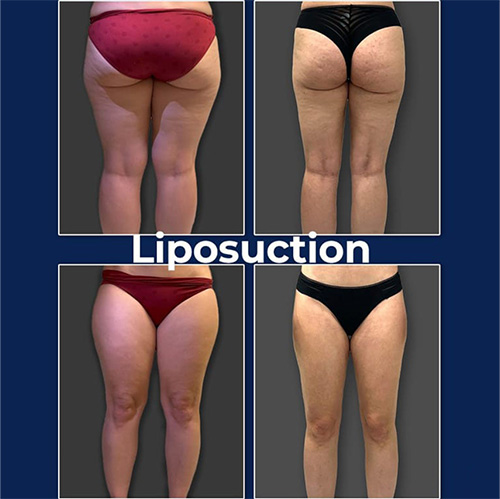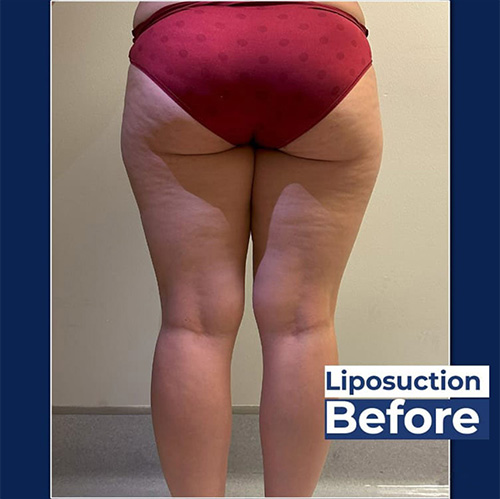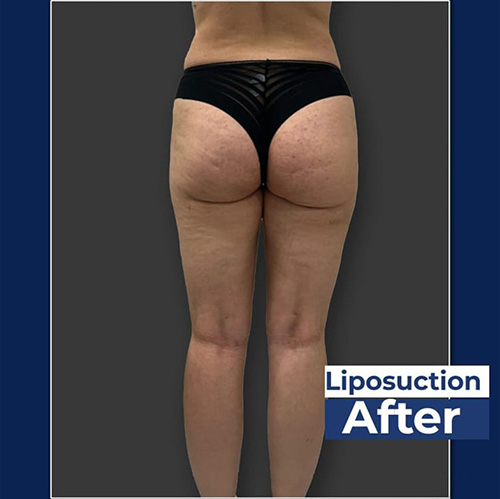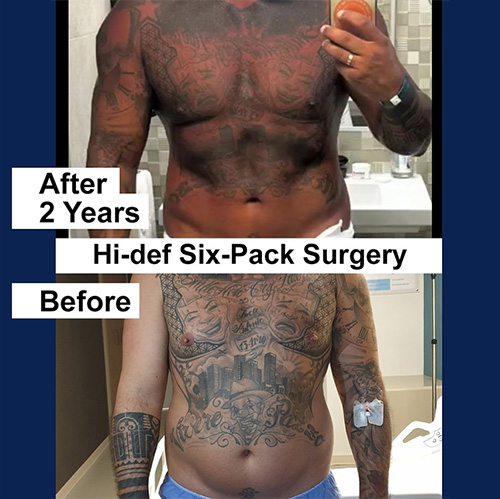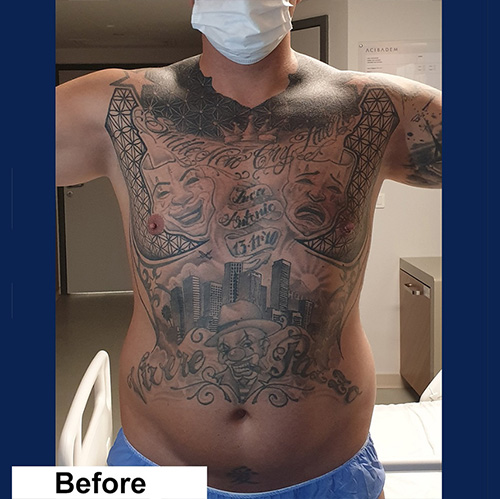Liposuction

What is Liposuction?
Liposuction is a surgical procedure that reshapes the body's contours by removing unwanted fat deposits using special techniques. Popularly known as "fat removal," this procedure is not a weight-loss method but is applied for regional slimming and body contour correction.
Fat Cells and the Effect of Liposuction
From adolescence, the number of fat cells in our body is constant. When we gain weight, the number of these cells does not increase; only their volume expands. Similarly, when we lose weight, the volume of fat cells decreases, but their number does not change. The only method that can truly reduce the number of fat cells is liposuction.
How is it Performed?
During the procedure, a special fluid (tumescent solution) containing a local anesthetic and adrenaline is first injected into the fat tissue. This fluid reduces bleeding, alleviates pain, and increases the safety of the procedure. Then, using thin and specially designed cannulas, fat tissue is carefully and homogeneously removed from the targeted areas.
Every part of the body has two layers of fat tissue: superficial and deep. The liposuction procedure is generally planned to remove all of the deep fat tissue and a portion of the superficial fat, depending on the area and requirements. Especially in areas prone to irregularities, such as the hips, only deep fat is removed to maintain a smooth appearance on the skin surface.
Liposuction is an Art
Liposuction is not just a fat removal procedure, but also a "body sculpting" process. Determining where, how much, and how to remove fat requires expertise and experience based on the patient's anatomy, expectations, and skin quality. If desired, the removed fat can be used in the same session to add volume to other areas of the body (e.g., buttocks, hips, face).
High-Definition (High-Def) Liposuction
This is a technique that can be applied to individuals with a prominent muscle structure and no excess weight. In this method, the fat covering the muscles is completely removed, and the muscle borders are carefully defined. This results in a subtle yet aesthetic and athletic appearance. In this procedure, fat is not injected into the muscles; the goal is for the skin to adhere closely to the muscle, enhancing the definition of the muscle contours.
Recovery Process and Aftercare
• Pain may be experienced with movement during the first 4 days after the procedure.
• It is normal for fluid to leak from the small liposuction incisions for the first two days.
• If necessary, vacuum drains may be placed to remove excess fluid; these are typically removed within 1–5 days.
• It is important to wear a special compression garment after the procedure. This garment should be worn for about 20–30 days, as it helps reduce swelling and contributes to the body's shaping.
Not Intended for Weight Loss
Liposuction is not a weight-loss method. It should be chosen for individuals who are at or slightly above their ideal weight to address regional fat deposits. Otherwise, the procedure can become risky and may lead to undesirable results.

